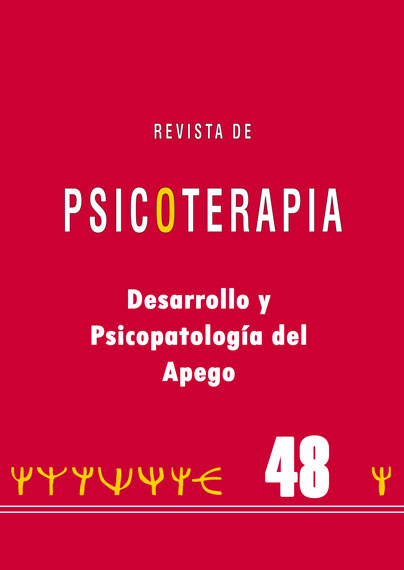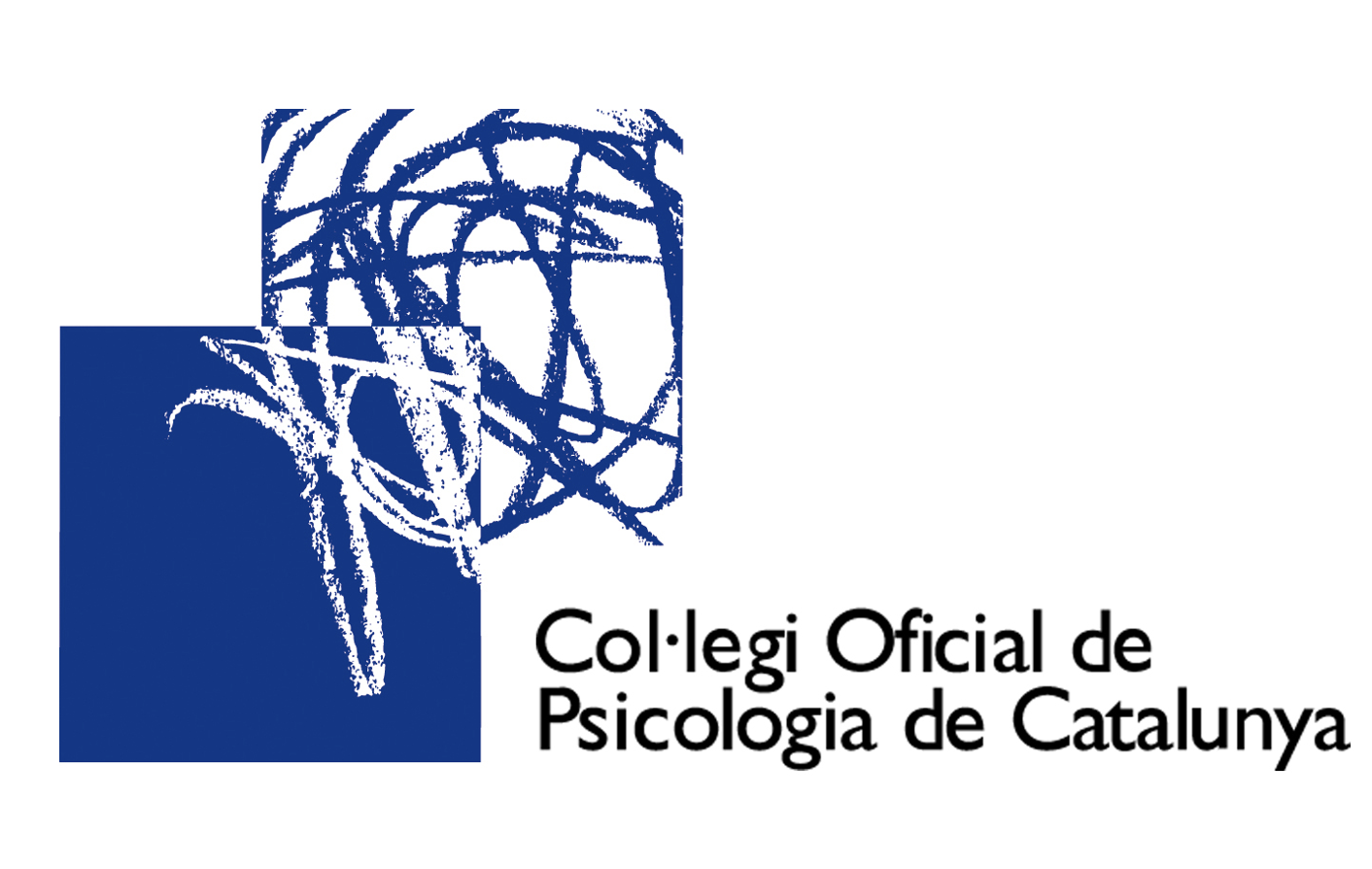Psicopatologia evolutiva y psicoterapia constructivista
DOI:
https://doi.org/10.33898/rdp.v12i48.554Palabras clave:
constructivismo, psicopatología evolutiva, identidad emocional, apego, coherencia interna, narrativa emocional, descripción de casosResumen
El terapeuta constructivista explora con su paciente los episodios emocionales problemáticos que se hallan en la base de la demanda. Así la psicopatología evolutiva permite el paso de una perspectiva diagnóstica descriptiva a una perspectiva explicativa. El trabajo terapéutico ayuda a conectar los significados atribuidos por el paciente a las sensaciones/emociones experimentadas en diferentes episodios emocionalmente cargados de su desarrollo. El terapeuta ayuda al cliente a identificar aquellas sensaciones que antes resultaban inexplicables, en la medida en que eran vividas confusamente, para integrarlas coherentemente en el propio sentido de identidad. Dichos síntomas se atribuyen a menudo a causas externas: enfermedades somáticas, episodios de vida, etc. En este sentido la terapia permite una ampliación del autoconocimiento.
Descargas
Descargas
Publicado
Cómo citar
Número
Sección
Licencia
Los autores/as que publiquen en esta revista aceptan las siguientes condiciones:
- Los autores/as conservan los derechos de autor y ceden a la revista el derecho de la primera publicación, con el trabajo registrado con la Creative Commons CC-BY-NC 4.0 Internacional, que permite a terceros citar el texto y usarlo sin alterarlo y sin beneficio económico, siempre que mencionen la autoría del trabajo y la primera publicación en esta revista.
- Los autores/as pueden realizar otros acuerdos contractuales independientes y adicionales para la distribución no exclusiva de la versión del artículo publicado en esta revista (p. ej., incluirlo en un repositorio institucional o publicarlo en un libro), siempre que indiquen claramente que el trabajo se publicó por primera vez en esta revista.
- Las opiniones expresadas en los trabajos son responsabilidad única de los/as autores/as, no reflejando en ningún caso las opiniones o políticas científicas de la revista.








